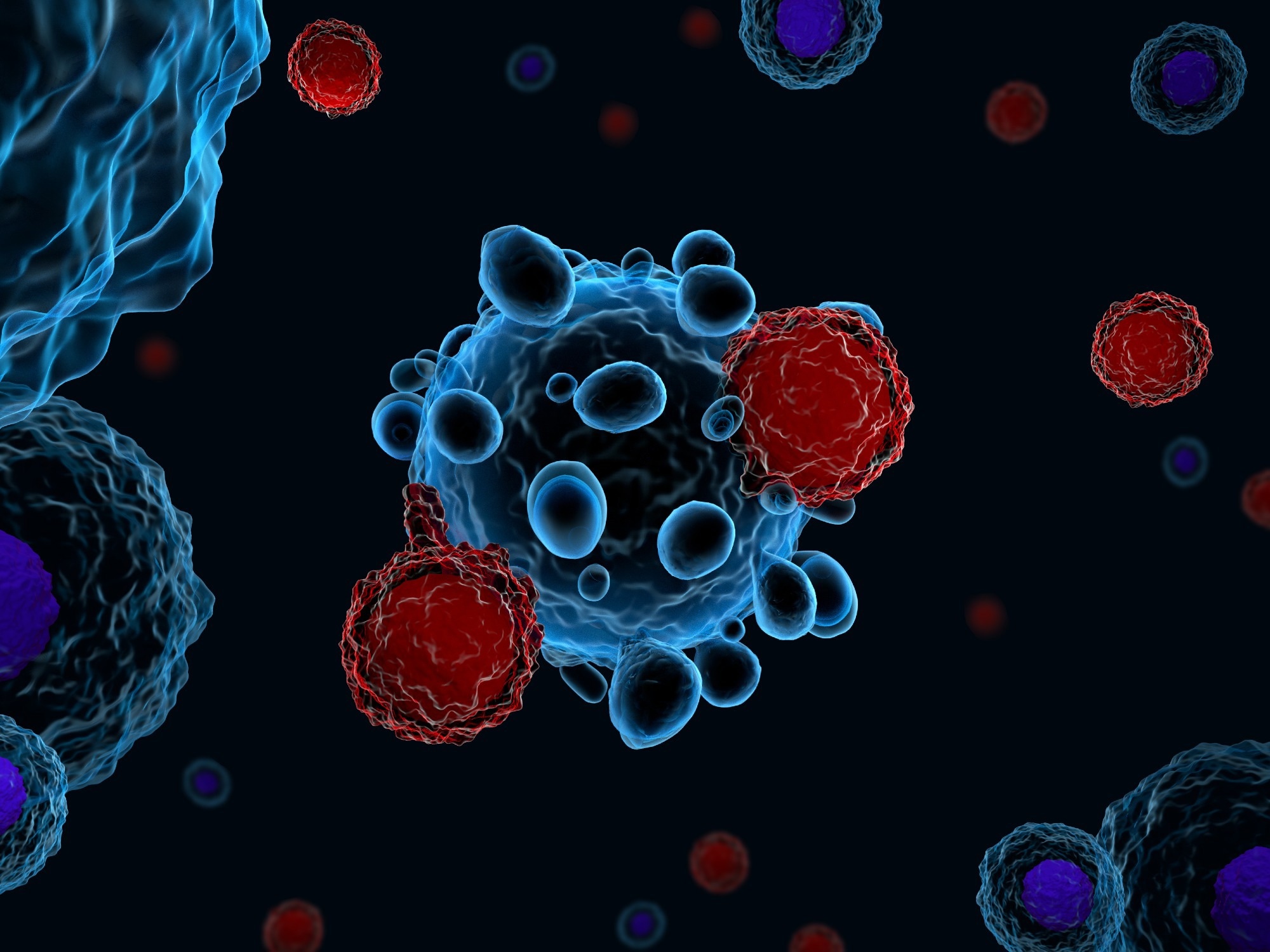Hypertension is one of the most prevalent non-transmittable diseases in the world, with 29% of the world's population expected to suffer from the condition by 2025. Despite substantial advances in anti-hypertensive interventions, a majority of patients continue to suffer from the condition's comorbidities, suggesting that traditional interventions fail to target the root cause of hypertension.
 Review: Immune mechanisms in the pathophysiology of hypertension. Image Credit: Meletios Verras / Shutterstock
Review: Immune mechanisms in the pathophysiology of hypertension. Image Credit: Meletios Verras / Shutterstock
What do we know about the pathophysiology of hypertension?
Hypertension is a long-term, non-transmissible medical condition characterized by abnormally high blood pressure (BP). The condition represents a growing healthcare concern, with more than 26% of the world's population (972 million individuals) estimated to suffer from hypertension, with this prevalence expected to rise to 29% by 2025. In America, almost half the adult population is reported to be living with hypertension, but despite the disease's high prevalence, the etiology of the disease is hitherto poorly understood.
Cytokines and immune cells have been associated with hypertension for many years. Traditionally, however, these entities were assumed to be innocent bystanders during hypertension, with their direct involvement in the pathogenesis and progression of the condition only recently postulated and investigated. Consequently, the majority of hypertension patients either do not respond to hypertension interventions (no observed reductions in BP) or, when blood pressure reductions are achieved, retain their residual risks of cardiovascular diseases (CVDs) and organ damage.
About the review
The present review collates over 130 publications to synthesize current knowledge on the associations between immune cells and hypertension. It discusses the roles of adaptive and innate immune cells in human and murine hypertension, the known mechanism via which these entities trigger or promote hypertension (plasticity and memory), and literature on autoimmunity and immune checkpoint therapies that elucidate the pathways of immune activation and inflammation central to phenotypic hypertension.
Innate immune cells – types and roles in hypertension
Innate immune cells represent the body's first line of defense against various foreign (potentially pathogenic) entities, including bacteria and viruses. Unlike adaptive immune cells, they provide rapid yet non-specific immunity during pathogenic invasions or tissue damage. These cells comprise monocytes, dendritic cells (DCs), neutrophils, and macrophages and have the secondary function of activating the adaptive immune system.
Research has implicated macrophages, especially those infiltrating the kidneys, in increased BP, renal fibrosis, and renal injury. Monocytes, the precursors of both macrophages and DCs, are found to be phenotypically altered (dysregulated) in hypertension patients, resulting in prolonged and uncontrolled pro-inflammatory responses. DCs perform antigen-presenting functions, thereby acting as the link between the innate and adaptive immune systems. In murine hypertension models, however, costimulatory molecules (e.g., CD80 and CD86) are significantly upregulated, suggesting that the mechanistic underpinnings of hypertension may be from specific antigen-mediated inflammatory responses instead of non-specific inflammatory events.
Neutrophils and mast cells, the two remaining pillars of innate immunity, have limited research highlighting their role in hypertension pathogenesis. However, this preliminary research into neutrophils has revealed that hypertension patients display elevated levels of superoxide anions compared to healthy individuals. These superoxides have been associated with NET formation (NETosis) and cytokines (interleukin 17A [IL-17A]), both of which are known to trigger and promote inflammation.
Adaptive immune cells
Adaptive immune cells are mainly comprised of T and B cells. Studies on murine models (Rag1-/-), particularly those by Guzik et al., have established the association between T cells and hypertension. Human models have furthered our understanding of the underlying mechanisms governing these associations – individuals with hypertension displayed an increase in memory CD8+ pro-inflammatory T cells, particularly those expressing markers of immunosenescence.
"Although these studies have established a key pathogenic role for T cells in hypertension, the impracticality of global T cell ablation as a therapeutic approach calls for a more granular understanding of the distinct roles of different T cell subsets."
Future directions and conclusions
As research further establishes the causative relationship between immune cells and hypertension, parallel research on autoimmune diseases suggests that a future cure for hypertension may be possible. Immune cells are known to coordinate with each other in a close-knit integrated system that responds in tandem in a context-dependent manner. This suggests that targeting the control centers (central regulatory nodes) or the signaling antigens involved in immune responses may be beneficial in reducing inflammation and, in turn, hypertension. Identifying these antigens and regulatory nodes would allow for repurposing current anti-autoimmune drugs and therapies or developing novel interventions that may perform substantially better than conventional hypertension management approaches.
"The challenge is to identify these key antigens and regulatory nodes such that the inflammation driving the pathophysiology of hypertension can be therapeutically targeted without compromising natural immune defenses."